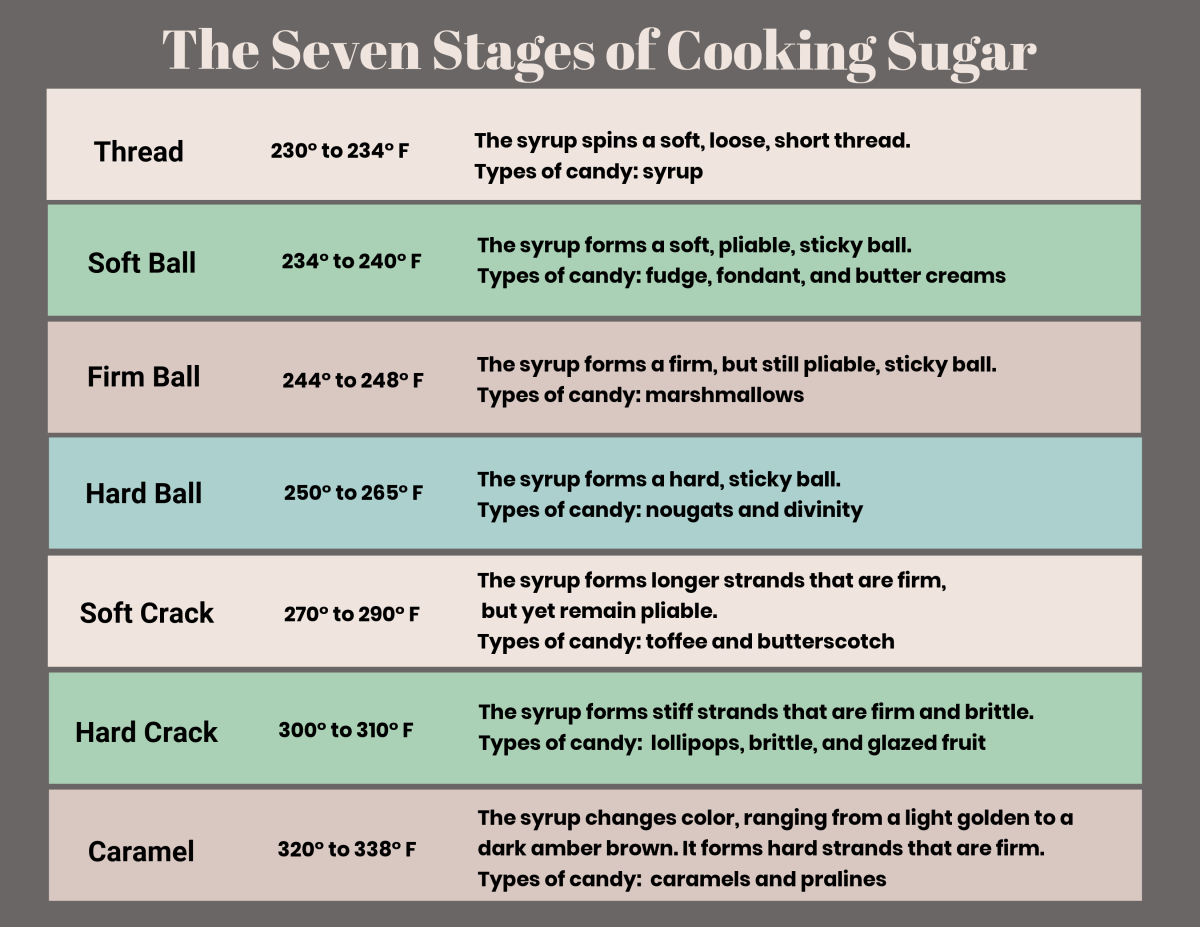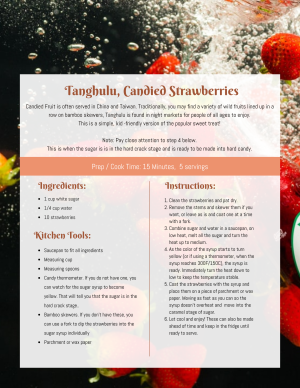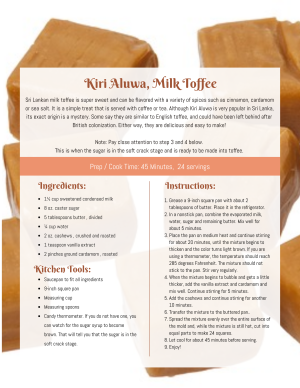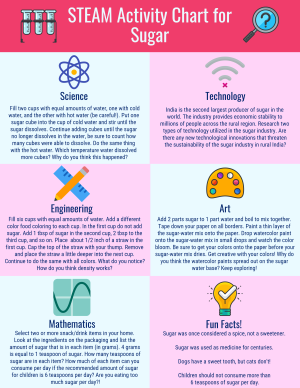The Science of Sugar
Discover the secrets of cooking sugar and making candy
Do you ever wonder how candy is made? We do! Candy is a treat loved by both kids and grownups all over the world. Many countries in Asia have their own unique methods of making and flavoring candy, but sugar is the main ingredient in all of them.
There are a variety of different types of sugars and ways of cooking them. Here is a list of the most popular sugars used in cooking around the world.
- White granulated sugar: It is the most common sugar called for in recipes when cooking and baking.
- Powdered sugar: Powdered sugar is simple granulated sugar ground to a smooth powder and then sifted.
- Castor sugar: This super fine sugar has the smallest crystal size of white granulated sugars. It is generally used in making delicate or smooth desserts such as puddings. Because the crystals are so fine, they dissolve easily, even in cold drinks.
- Brown sugar: Brown sugar is made by mixing white sugar with various amount of molasses. Light brown sugar is often used in sauces and most baked goods.
- Liquid sugar: Liquid sugar is white granulated sugar that has been dissolved in water. Liquid sugar is often used in drinks.
- Palm sugar: It is a sweetener derived from any variety of palm tree. Palm sugar is an ingredient in both sweet and savory dishes used throughout Asia, Middle East and North Africa.
- Beet sugar: Sugar beet is a plant whose root contains a high concentration of sucrose and which is grown commercially for sugar production.
Depending on how long you cook sugar, it can make a variety of different types and textures of candy. These are the seven stages of cooking sugar for making candy:

Let’s learn a little more about how the stages of sugar are used in Asian candy making!
Don't forget to try out the activities featured in our STEAM Activity Chart to extend your knowledge about sugar.
PDF Resources:


